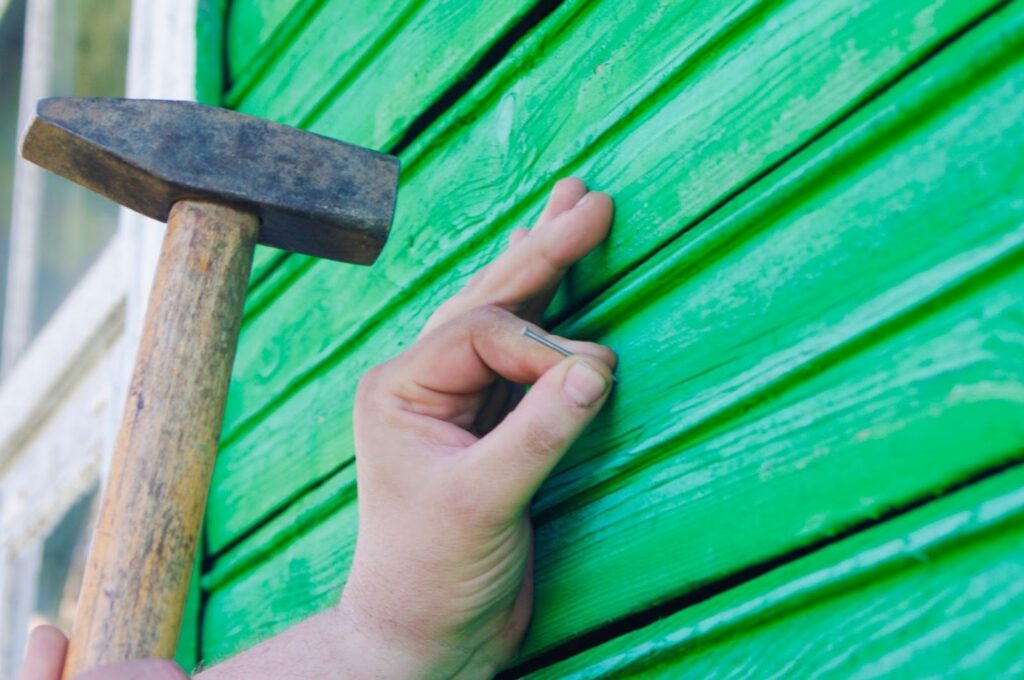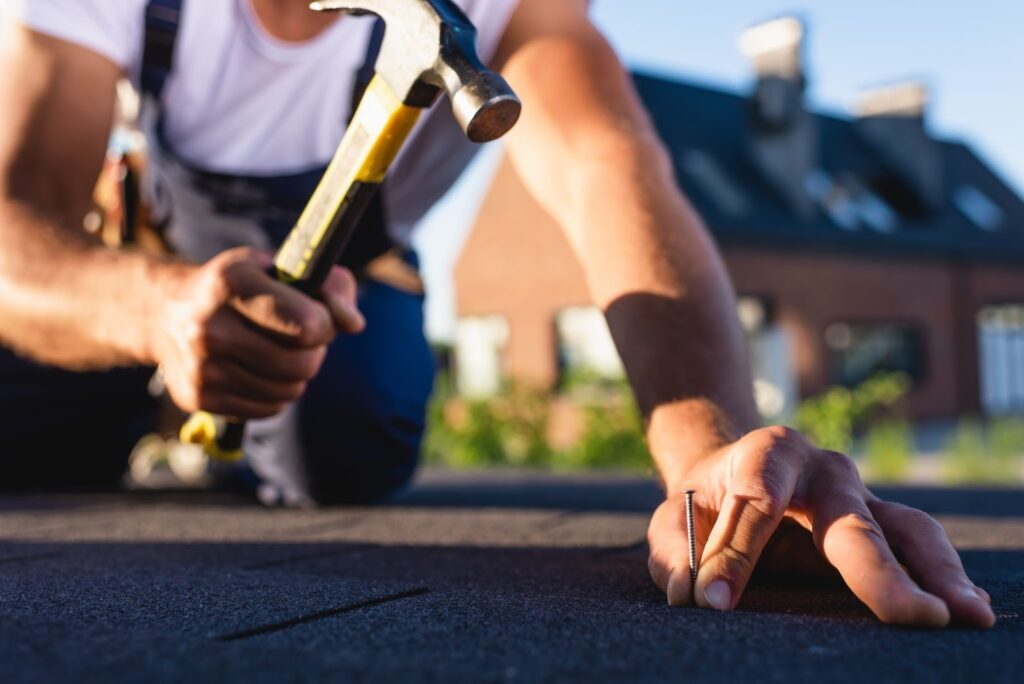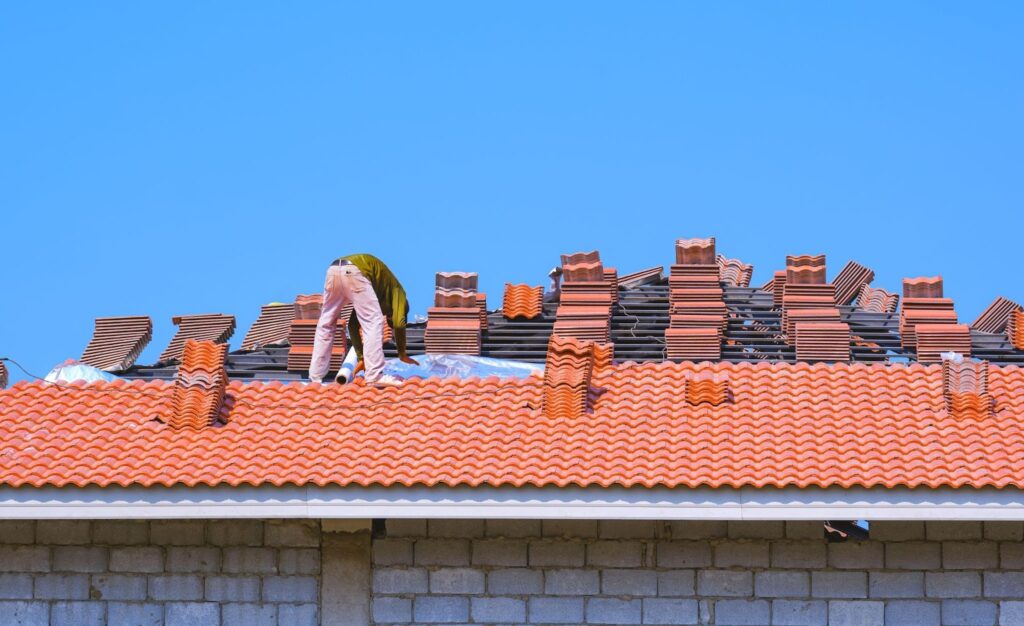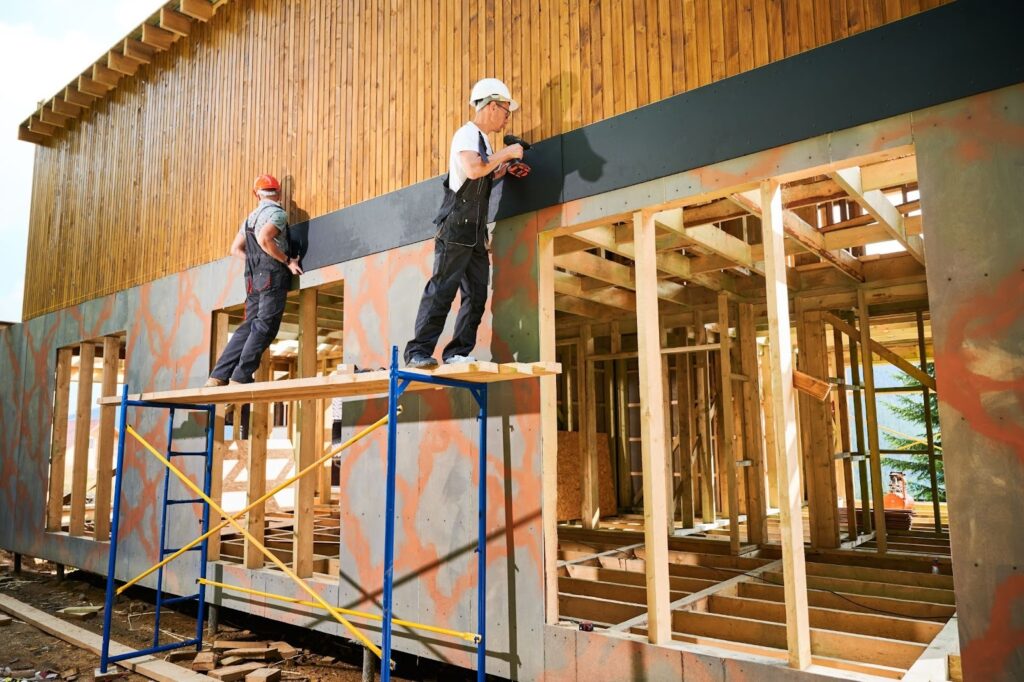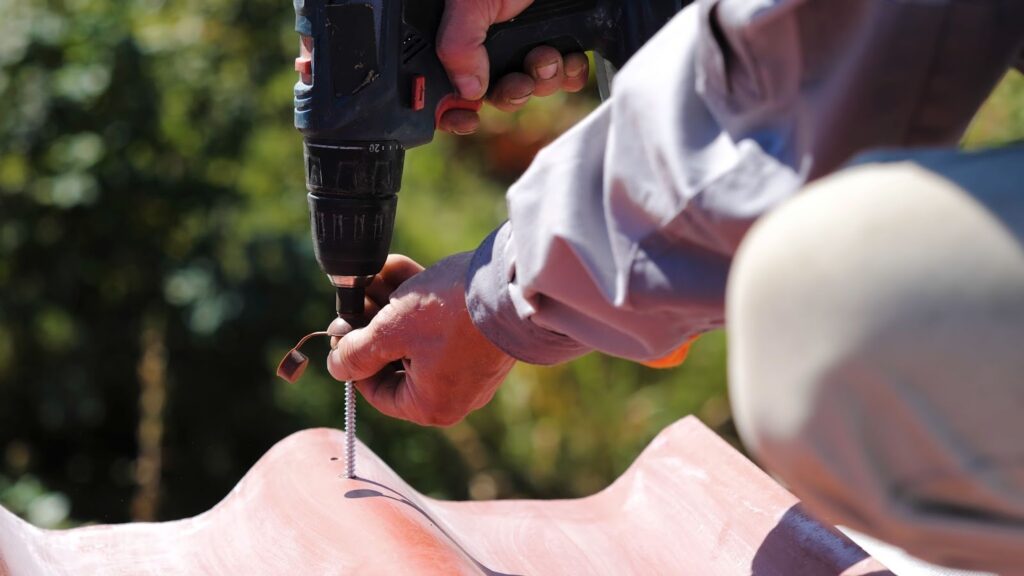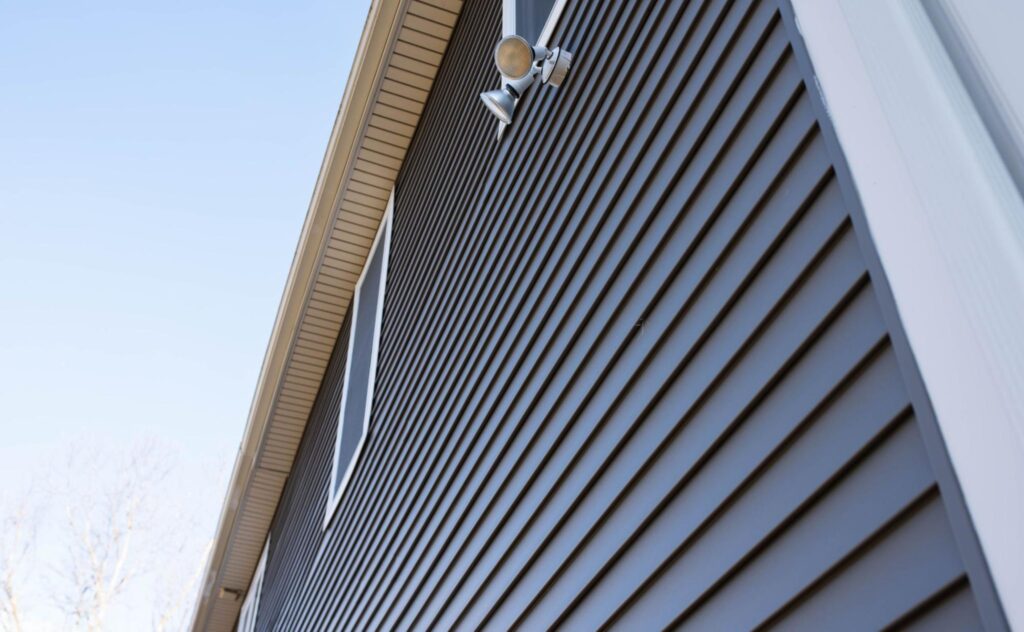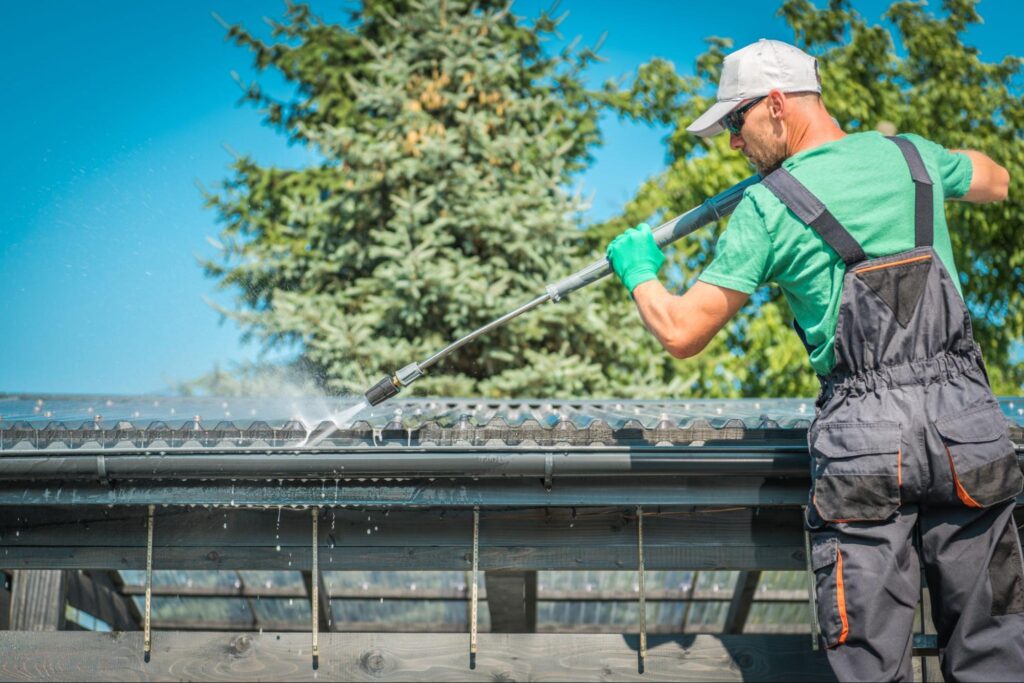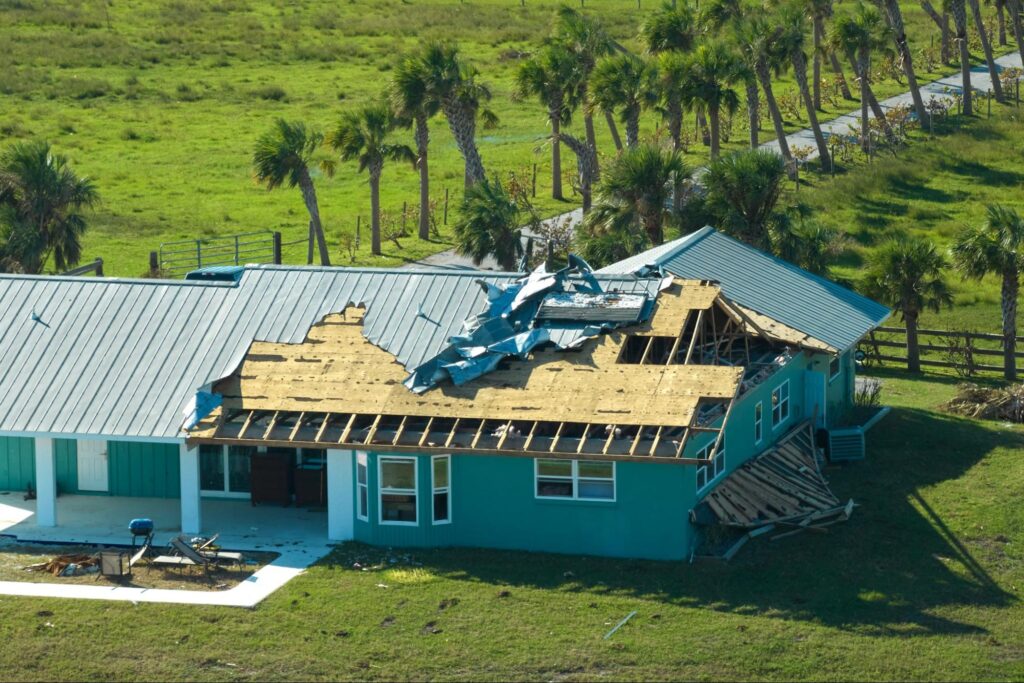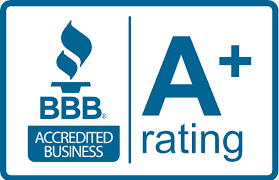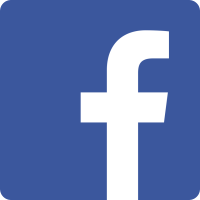How to Prevent Future Issues After a Gutter Repair
Homeowners often treat gutter repairs as a one-time fix, but the real challenge begins afterward. Once the repair is done, gutters still face the same rain, debris, and weather that damaged them before. Without follow-up care, even the best repair can fail sooner than expected. Keeping your gutter system strong requires attention, consistent upkeep, and smart decisions that prevent recurring damage. Caring for repaired gutters protects residential and commercial properties from hidden structural issues. Understanding the Purpose of Gutter Repair Gutter repair restores proper water flow and prevents damage to roofs, walls, and foundations. When gutters are neglected, even small cracks or clogs can lead to major structural problems. Repairs, fixing leaks, realigning slopes, and securing joints are necessary to handle heavy rain. Knowing what your repair addressed helps you plan how to keep gutters working well afterward. Why Gutters Fail in the First Place Gutters fail mainly because of clogging, poor maintenance, or worn-out parts. When debris builds up, water pools and corrodes metal seams, weakening the system. Loose fasteners or poor installation can make gutters sag or detach from fascia boards. Weather changes also cause expansion and contraction that break sealants over time. Regular cleaning and early inspections reduce the chances of another failure after a repair. What Proper Gutter Repair Really Fixes A proper repair goes beyond sealing visible cracks. It restores the gutter’s structure, improves slope, and strengthens attachment points. Professionals also reseal joints to stop slow leaks that can damage siding or foundations. When a gutter is repaired correctly, water drains smoothly, reducing stress on the roofline. Hiring qualified gutter contractors ensures the fix lasts longer and prevents repeat service calls. Regular Maintenance After Gutter Repair Post-repair maintenance protects the money and effort invested in the repair. Gutters collect leaves, dirt, and roof debris daily, which can undo the work if not addressed. Regular inspections keep minor issues from becoming expensive problems. A planned maintenance schedule keeps gutters clean, sturdy, and dependable throughout the seasons. Set a Seasonal Cleaning Routine A consistent cleaning routine is key to long-lasting gutter performance. After repair, clean gutters every few months, especially during fall and spring. Removing debris prevents clogs and water overflow that can reopen sealed joints. Use gloves, a small scoop, and a garden hose to flush out remaining dirt. If your home or business has tall gutters, call a professional to clean them safely and thoroughly. Inspect Gutters After Every Heavy Rain Storms can test a repaired gutter’s strength. After each rainfall, walk around your property to spot leaks or water pooling near the foundation. Check for drips under joints, uneven flow from downspouts, or sagging sections. Early attention prevents water from seeping into fascia boards or walls. Keep a checklist and note any changes after each storm to track performance over time. Maintain a Simple Gutter Maintenance Schedule Creating a written maintenance plan keeps property care organized. Assign specific months for cleaning, inspection, and minor touch-ups. Set reminders or link gutter tasks with other seasonal maintenance. A schedule helps homeowners and building managers avoid forgotten repairs. Consistent care extends the life of every gutter system, especially after professional service. Preventing Structural Stress on Repaired Gutters Gutters face constant physical strain from water weight, wind, and roof debris. Even a small buildup adds pressure that weakens joints and mounting brackets. Controlling that stress keeps gutters attached and leak-free for years. Reinforcement and inspection are the most effective ways to preserve the repair’s strength. Watch for Sagging and Loose Fasteners When gutters sag, water collects and causes premature wear. Loose brackets should be tightened immediately to prevent sections from detaching. Replace corroded screws or nails with rust-resistant materials to hold the system firmly. During inspections, look for bending or pulling away from fascia boards. Fixing minor alignment problems early helps avoid gutter collapse or water damage. Manage Roof and Downspout Flow Downspouts direct water safely away from your building’s foundation. Water can erode soil and damage structures if they’re too short or poorly angled. Install extensions or splash blocks to guide runoff several feet from the property. Keep roof valleys clear to prevent overflow onto repaired gutters. Balanced water flow keeps stress even across the system, improving durability. Protecting Gutters from Environmental Damage Natural elements can shorten the life of even a well-repaired gutter system. Tree branches, snow, and heat can all affect its performance. Preventing damage from these sources maintains the gutter’s appearance and strength. Addressing environmental factors saves time, money, and frustration in the long run. Trim Overhanging Trees Regularly Branches that hang over roofs drop leaves, twigs, and sap into gutters. Over time, this buildup blocks water flow and traps moisture. Shade from overgrown trees can also encourage mold and rust to form. Trimming trees every few months keeps gutters clear and dry. It’s safer to hire professionals if branches extend near power lines or rooftops. Guard Against Ice and Snow Damage In cold climates, freezing water inside gutters expands and cracks seams. Icicles and ice dams also pull gutters away from their mounts. Installing heating cables prevents freezing and reduces extra weight. After a snowstorm, use a plastic shovel to clear the buildup gently. Avoid using metal tools that could scratch or damage the repaired surface. Prevent UV and Heat-Related Wear Sun exposure weakens plastic and painted metal gutters. Over time, UV rays cause fading, brittleness, and leaks at joints. Applying a UV-resistant coating adds an extra layer of protection. For homes in hot climates, light-colored gutters better reflect sunlight. Regularly checking paint or coating quality helps maintain both function and appearance. Long-Term Gutter Protection Solutions Preventing future issues means investing in long-lasting materials and smart upgrades. Once your repair holds steady, you can enhance the system for easier maintenance. These minor improvements save both time and money in the future. With modern options available, homeowners can make their gutter systems nearly self-sustaining. Install Gutter Guards or Screens Gutter guards reduce clogging by keeping out leaves and debris. Mesh screens, foam inserts,


